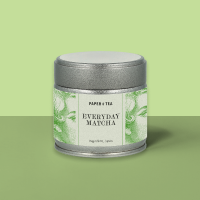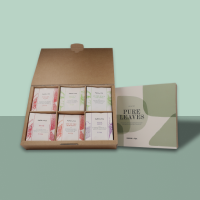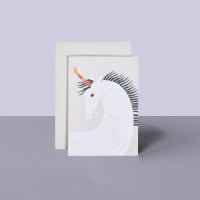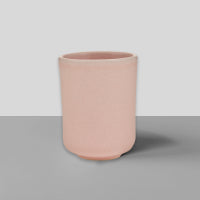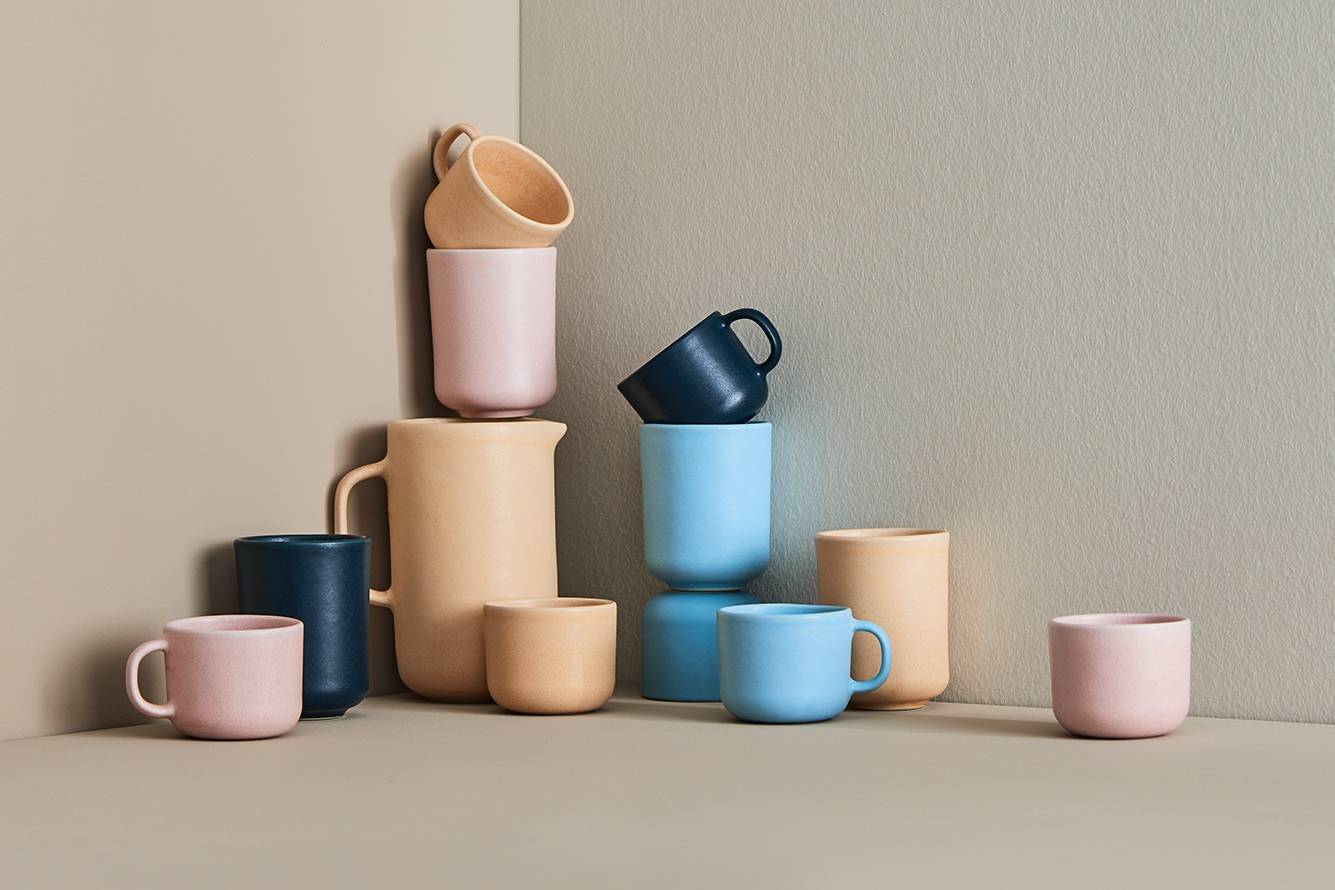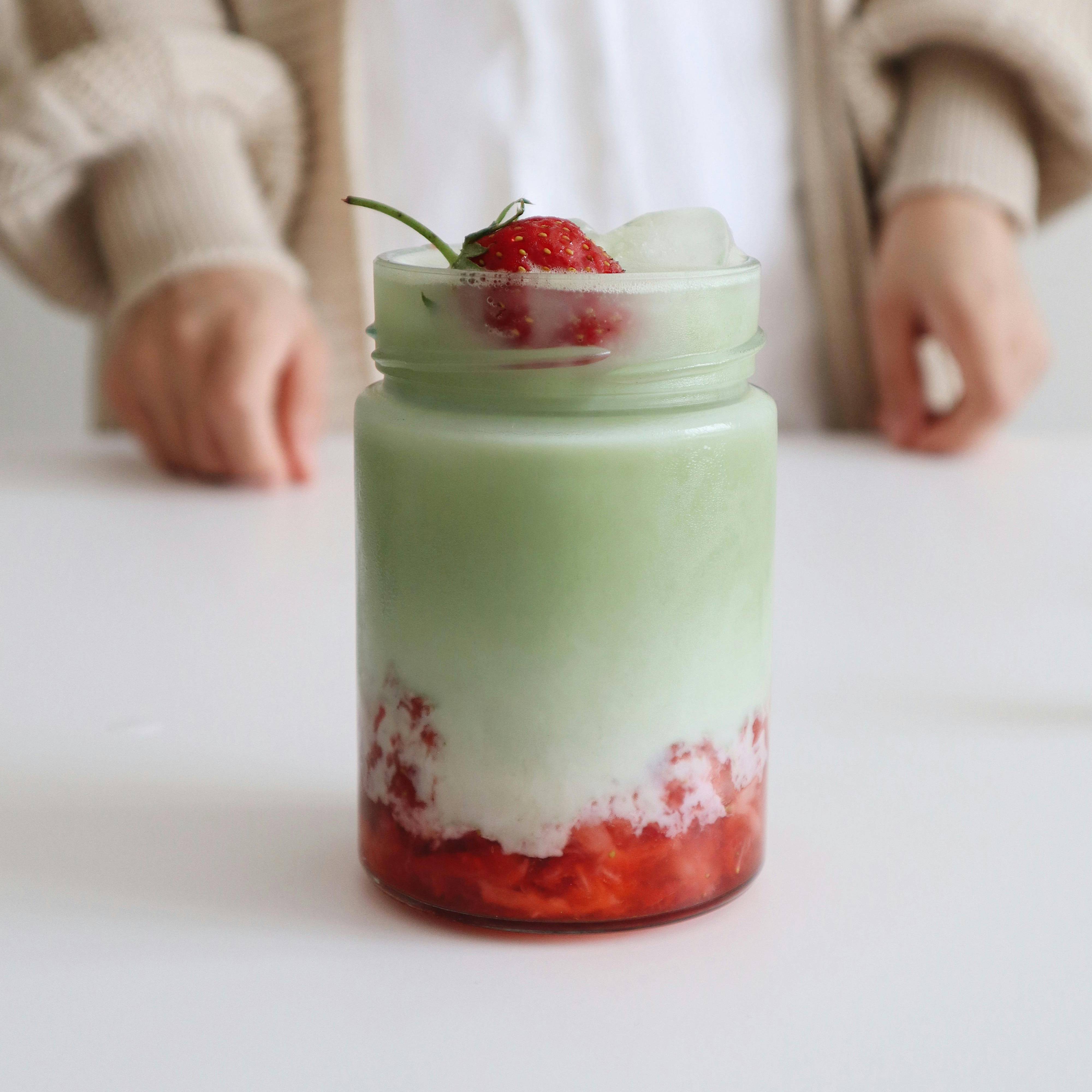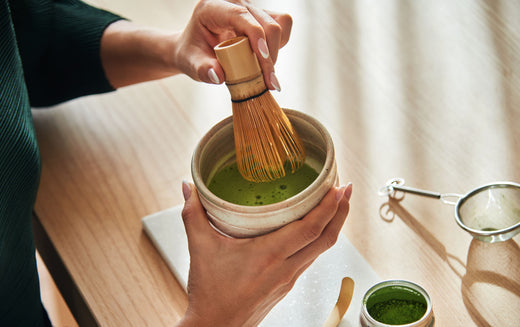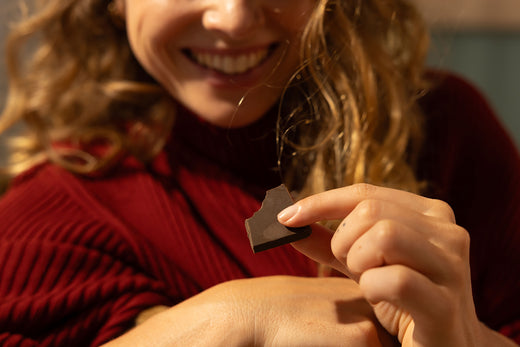- Why Tea Ceremonies Are More Than Just Drinking Tea
-
A Brief Overview of Global Tea Practices
- The Japanese Tea Ceremony Chanoyu – Key Moments
- The Chinese Tea Ceremony Gongfu Cha – Ritual & Equipment
- The British Teatime – A Cultural Phenomenon
- The South Korean Darye Ceremony – Respect for Nature & Mindfulness
- The Moroccan Tea Ceremony – An Artful Preparation Process
- The Tibetan Butter Tea Ceremony – A Deep Social Connection
- The Russian Tea Ceremony – Russian Hospitality
- The Indian Chai Ceremony – Reflection of a Rich Spice Culture
- The Taiwanese Tea Ceremony – Precision & Aesthetics United
- Modern Interpretations of the Tea Ceremony
- The Importance of Tea Ceremonies Today
Why Tea Ceremonies Are More Than Just Drinking Tea
Tea ceremonies offer a captivating glimpse into different cultures. In this post, we invite you to dive into the diverse world of well-known tea ceremonies.
A Brief Overview of Global Tea Practices
Drinking tea is accompanied by diverse rituals and philosophies across the globe. We aim to bring you closer to these international tea practices, as each offers remarkable insights into the values of their culture. From the enchanting Japanese tea ceremony to the hearty Tibetan butter tea, each nation has its unique way of preparing tea that tells an exceptional story. China celebrates the artful Gongfu Cha, while in England, teatime comes with delicious snacks. Morocco celebrates their mint tea in colorful glasses, and the streets of India are filled with the flavors of Masala Chai. Discover with us the fascinating stories behind the most famous global tea ceremonies!
The Japanese Tea Ceremony Chanoyu – Key Moments
During the Japanese tea ceremony, the finest matcha is served with outstanding care. In this context, you might often hear the terms "Chanoyu" (Engl. tea water) and "Chado" (Engl. way of tea): "Chanoyu" is the art of brewing tea that is a ritual where every movement is intentional and carried through according to age-old traditions. On the other hand, "Chado" describes a philosophical and spiritual journey that goes even beyond merely drinking tea, uniting the principles of Zen Buddhism and the aesthetics of Wabi-Sabi. Wabi-Sabi celebrates beauty in simplicity and humility. The principles of the Japanese Chanoyu tea ceremony are harmony, respect, purity, and tranquility. These gatherings offer participants plenty of opportunities for social interaction, meditation, and self-reflection, fostering a deeper connection with each other and their surroundings.

The Chinese Tea Ceremony Gongfu Cha – Ritual & Equipment
China is home to the world’s oldest tea culture, dating back over 2000 years. At the core of this culture is the art of Gongfu Cha, a traditional method where tea leaves are infused multiple times to reveal their full range of flavors. Unlike Western methods, Gongfu Cha uses smaller teapots, holding less than half a liter. Oolong and Pu Erh teas are especially favored as they can be re-steeped numerous times. A key utensil is the Gaiwan, a simple yet symbolically rich vessel consisting of a bowl, a lid, and a saucer. This modest tool merges functionality with deep cultural significance. The Chinese tea ceremony provides space for meditation and introspection and encourages conversations, such as admiring the color of the teacups together.
The British Teatime – A Cultural Phenomenon
Quintessentially about British culture is teatime, also known as afternoon tea, which takes place, as the name suggests, in the afternoon. This tradition traces its roots to Duchess Anna of Bedford and celebrates classiness and sociability. Once the privilege of society's upper echelons, afternoon tea has become a widely embraced tradition nationwide. Strong black tea, enhanced with milk and sugar to taste, is typically accompanied by small treats such as scones and mini sandwiches. The joy of teatime lies not only in the culinary delights but in the shared experience and warm company. Afternoon tea celebrates enjoyment, culture, and tradition, honoring the enduring British passion for tea and the joy of good conversation and shared moments. Additionally, many Britons don't wait until the afternoon for their tea, enjoying a morning cup of malty English Breakfast Tea.

The South Korean Darye Ceremony – Respect for Nature & Mindfulness
The South Korean tea ceremony, known as Darye, is a time-honored tradition within Korean tea culture. Unlike formal and elaborate Japanese tea ceremonies, Darye focuses on simplicity and accessibility in everyday life. A serene room, preferably with a garden view, provides a suitable setting. The host's simple movements in preparing the tea are met with gratitude, and the cup is accepted with both hands before being sipped slowly. Green teas, such as graceful Sencha and intense Matcha, are typically chosen for the ceremony. The ceremony highlights the importance of tranquility and respect, offering participants moments of reflection and contemplation, and fostering a deeper connection to nature and those around them. The ritual of preparing and drinking tea is more than just a moment of enjoyment; it underscores the significance of pausing in a fast-paced, often hectic life, and promotes a harmonious atmosphere among participants.
The Moroccan Tea Ceremony – An Artful Preparation Process
Central to tea culture in Morocco is Moroccan mint tea, a blend of Chinese green tea - typically Gunpowder tea - fresh mint, and plenty of sugar. In the Maghreb, teatime is an all-day event, served at all kinds of gatherings from casual meetups to momentous celebrations. Tea is considered an important symbol of hospitality, and it is deemed impolite to refuse it. The preparation and serving of tea are an art form, celebrated much like in many other cultures. During Moroccan tea ceremonies, the host pours the tea from a height of at least 40 cm into small, colorful glasses to create a layer of foam—an unmistakable indicator of good tea. This foam, created by the high sugar content, protects the tea from airborne sand in desert regions, though it is not consumed. This pouring technique is a mesmerizing spectacle and requires skill to execute without spilling. Another distinctive aspect is the triple steeping process, which carries poetic significance: the first steeping is "bitter like life," the second is "strong like love," and the third is "gentle like death."

The Tibetan Butter Tea Ceremony – A Deep Social Connection
In Tibet and other regions of the Himalayas, people cherish a unique beverage called "Po cha," or butter tea. This rich mixture of black tea, yak butter, and salt functions as a vital energy source in Tibet's cold, high-altitude environments. The drink is mixed in special mills and served in intricately decorated traditional Tibetan teacups, which hold significant cultural value. Butter tea is frequently consumed throughout the day, often in multiple servings. Beyond its nutritional benefits, it symbolizes hospitality – it is considered polite to drink at least three cups – and plays an integral role in social gatherings, religious ceremonies, and meditative practices.
The Russian Tea Ceremony – Russian Hospitality
In the 17th century, trade caravans transported tea from China to Russia, where it rapidly gained popularity. By the 18th and 19th centuries, under the reign of the Russian tsars, tea had become a symbol of wealth and social status. Today, tea is widely consumed across the country. The essence of Russian tea culture is embodied by the Samovar – this device keeps the water hot and allows for hours of cozy tea drinking. Atop it sits a small teapot with strong brewed tea, known as “Zavarka.” This concentrate, usually made with black tea, is poured into cups and then diluted with hot water from the Samovar according to taste. Russian tea is often enjoyed with sugar, jam, lemon, or dried fruits. The jam is either added directly to the tea or eaten with a spoon separately.
The Indian Chai Ceremony – Reflection of a Rich Spice Culture
In India, chai is an essential part of daily life and is enjoyed in various ways. Unlike in Japan, China, or Britain, there are no formal rituals associated with chai in India. Instead, chai is omnipresent, from private kitchens to the bustling street stalls of the chai vendors, known as Chaiwalas. What makes Indian chai special is the use of spices and milk. Masala Chai is particularly popular with its distinctive blend of cardamom, cinnamon, ginger, fennel seeds, pepper, and cloves. Our interpretation of this famous drink, HARIMAN CLASSIC CHAI, combines these ingredients on a black tea base. If you are curious but prefer a naturally caffeine-free version, DEEP ASANA or PURE PRANA are excellent alternatives. In India, the spicy chai stands for hospitality and warmth. The ritual of drinking chai is deeply intertwined with daily life, bringing people together and offering an opportunity for shared interaction.

The Taiwanese Tea Ceremony – Precision & Aesthetics United
Although Taiwan's tea culture is still young, its tea ceremony has already become deeply embedded in the cultural identity of the island. The practice of Gongfu Cha, originating in the Chinese province of Fujian, has been meticulously refined in Taiwan. This ceremony embodies not just hospitality but also ritual and meditation, reflecting the principles of mindfulness, concentration, and harmony. Taiwan has earned a notable reputation in the global tea industry, exceptionally through its high-quality Oolong teas, making this variety a favorite for the Taiwanese tea ceremony. However, green tea and black tea are also very popular. As in China, the Gaiwan remains the central accessory for the tea ceremony.

Modern Interpretations of the Tea Ceremony
Modern tea ceremonies have evolved far beyond traditional practices and have become a fascinating part of today’s lifestyle. Many tea enthusiasts appreciate not only the flavor but also the aesthetic appeal of their personal tea experiences. Urban tea houses worldwide reinterpret traditional tea culture and create innovative tea varieties. Bubble Tea is experiencing a brilliant comeback after its hype in the 2010s. The sugary, colorful drink you might think of now is also available in a wonderfully pure form. If you are curious, you should visit a Taiwanese tea house and be amazed by the fabulous combination of a good Oolong tea with milk and tapioca pearls.
Workshops and events centered around tea also provide a platform to experience the art of drinking tea in a modern context. In our tea tastings, we strive to blend contemporary tea culture with tradition and innovation. Together, we celebrate the deep love for tea by exploring its diverse integration into our daily rituals.

The Importance of Tea Ceremonies Today
Today, tea ceremonies symbolize cultural exchange and offer a chance to explore the traditions of various cultures through ancient rituals. In a modern context, tea ceremonies represent enjoyable and decelerating moments, offering a soothing contrast to hectic everyday life. They invite us to practice mindfulness, savor peaceful companionship, and potentially explore the world of meditation. At the same time, tea ceremonies allow for the transmission of traditional techniques while sparking new ideas and evolving. The timeless art of drinking tea shows us the significance of moments of tranquility and communal experiences in our fast-paced world.
